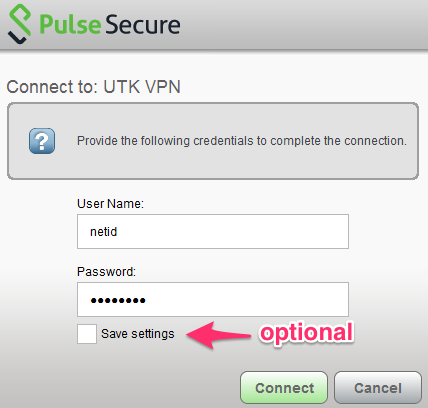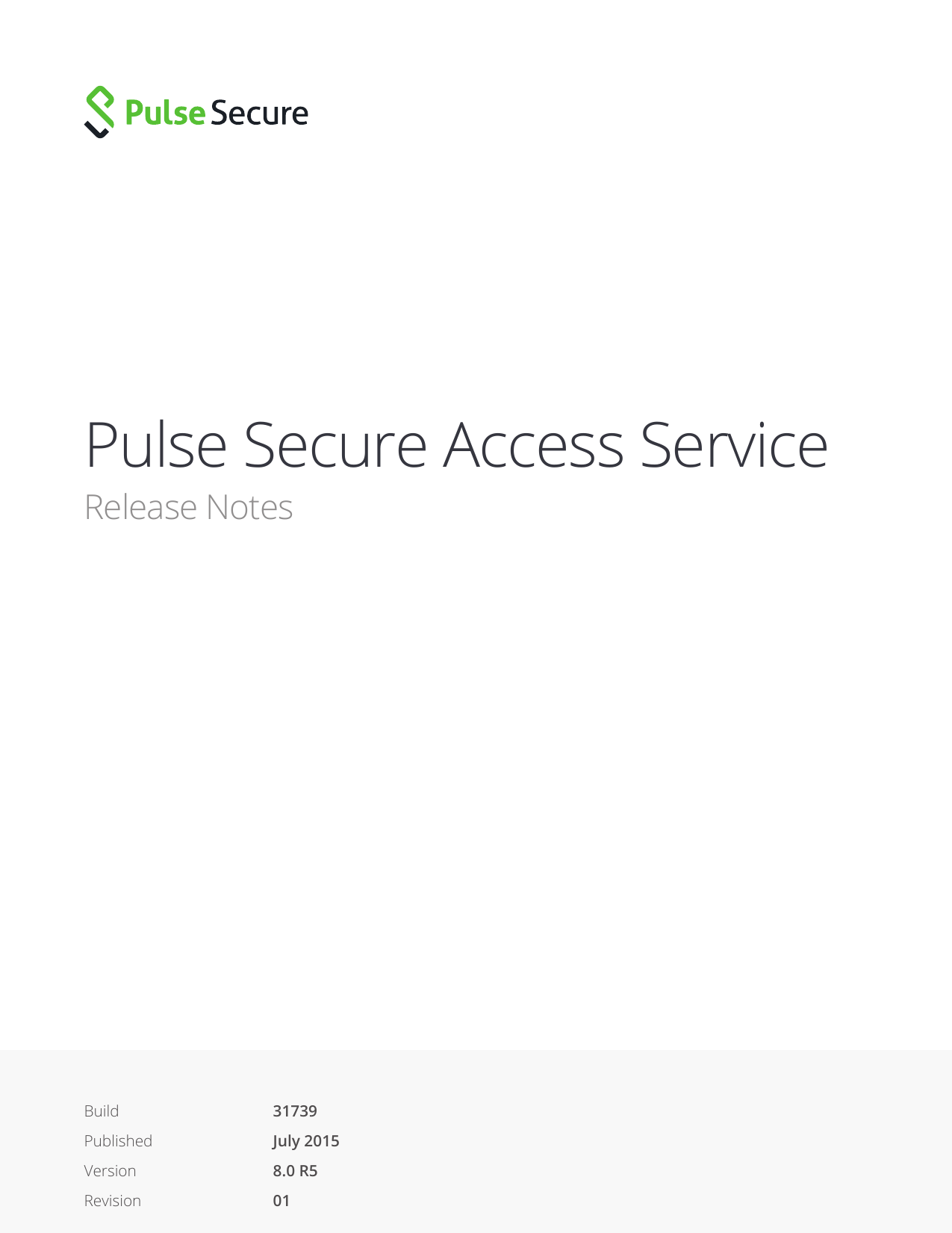

Click on Pulse Secure User Interface, then click the Disable button. Go to Start, then type " Task Manager ".Ĭlick on More Details if you see the screen below.Ĭlick the Startup tab.


In the search bar, type " msconfig", then hit enter.Ĭlick on Startup and deselect Pulse Secure.Ĭlick Apply, then OK. To disconnect from Pulse Secure, click on the application window and click Disconnect.Īlternately, right-click the system tray icon, select the VPN connection, and click Disconnect.ĭisabling Pulse Secure Autostart Windows 7 To verify, check for the Pulse Secure icon in the system tray. It is recommended not to check the "Save settings" option for security reasons.Įnter your secondary password from Multi-factor Authentication and click Connect. Read the policy and click Proceed.Įnter your VUnetID and ePassword at the prompt. Type: Policy Secure (UAC) or Connect Secure (VPN) Name: VUIT SSL VPN Server URL: For Windows 8.1 and 10, you can right-click the icon and click "Pin to Start" or "Pin to Taskbar."Įnter the information below on the "Add Connection" prompt then click Add. You can go to Start, then type Pulse Secure. Simply wait until the window disappears, then click Finish.Īfter the software is installed, set up your VPN connection. Download Pulse Secure Mac then open it and double click and install. To use the VPN from your Mac you will first need to install the client. Click Yes to the User Access Control message.Īt the end of installation, a window will appear on top of the screen below. Current version: 9.1R13.1 (12971) - this may display as 9.1.13 in the version information. Open the client installer file then click Run at the prompt.Īt the "Ready to install Pulse Secure" screen, click Install.

The program is categorized as Internet & Network Tools. The bundle id for this application is -Pulse. The most popular versions of the tool are 5.0, 4.2 and 3.1. Note: The FAQ has supported operating systems listed. Junos Pulse 5.1 for Mac is available as a free download on our application library.


 0 kommentar(er)
0 kommentar(er)
